Since ancient times, there have been a lot of alcoholic drinks which have prevailed until now. The earliest records of alcohol have been from the Harappan Civilization, where ‘Madira’ has been talked about in detail. As a matter of fact, Rig Veda too talks of SomRas as a popular drink (best desi daru brand) among the elites of the society, a synonym to alcohol even today. The truth is, Indian customs, culture, food, and rituals have had alcohol as an accepted drink. Let’s look at the different nomenclatures and drinks among the tribals in different parts of India.
Recommended Story – Top Indian Liquor Brands That You Must Try!
1. Apong-The rice beer :Tribes in Assam

Mising and Adi tribes in Assam, state in North East India, are known for their high spirits. The tribals make rice beer called the Apong for centuries now. When the tribals are in a mood to party, there are batches of Apong which is made, especially during annual festivals and occasions like weddings.
This particular beer is made of 32 different types of herbs, grasses, leaves, and crippers. Along with these, the ashes of both bamboo and banana leaves are used in the process, along with rice.
2. Handia – By Tribes in Jharkhand
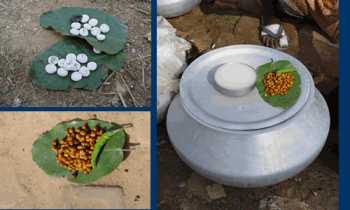
Handia is an alcoholic drink (desi daru) which is consumed by the tribal folks in Orissa, Jharkhand, Bihar, and Orissa. The liquor is made up of boiled rice, along with herbal tablets which is then left to ferment for more than a week. Handia is an auspicious drink having cultural and aesthetic significance. Handia is also offered to Tribal Gods, consumed during the local Tusu Purb, a local name for Makar Sankranti which continues for a month.
3. Lugdi – Locals Drink in Himachal Pradesh
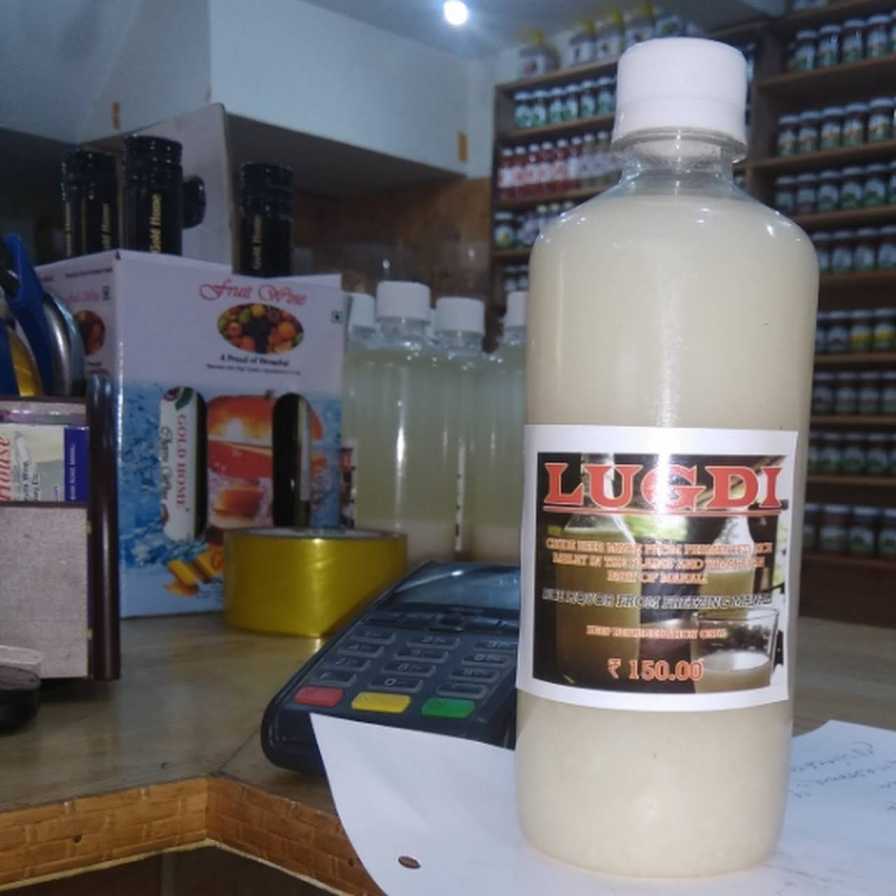
Lugdi is a local traditional alcoholic drink (desi daru) which is made by cooking cereal grains. The cereal grains are then left at an ideal growth temperature of 25 to 40 degrees celsius, and then the drink is consumed without distillation. The summers help in increasing the rate of fermentation. However, the drink can be preserved to be consumed in winters too, and helps in keeping the body warm in the cold conditions of Himachal. Kinnara, Lahaula, Swangia, Pangwala, and Shot are the local tribes in Himachal who consume this drink
4. Thaati Kallu – a wine in Kerala

This drink is straight from the palm trees in Kerala and is consumed by the local tribes, which includes Eravallan, Adiyars, Irulars, and Kadars. There is an abundance of coconut trees in southern states which helps in the production of this local drink. The sap collected from the stems of palm tree helps in making the drink. Sweet at first, the drink turns sour and eventually bitter. Local tribes extract the sap from these stems and consume Thaati Kallu. The drink, as it is meant to be, is highly intoxicating. Try if you want to when on a trip to Kerela
5. Feni – By tribals in Goa
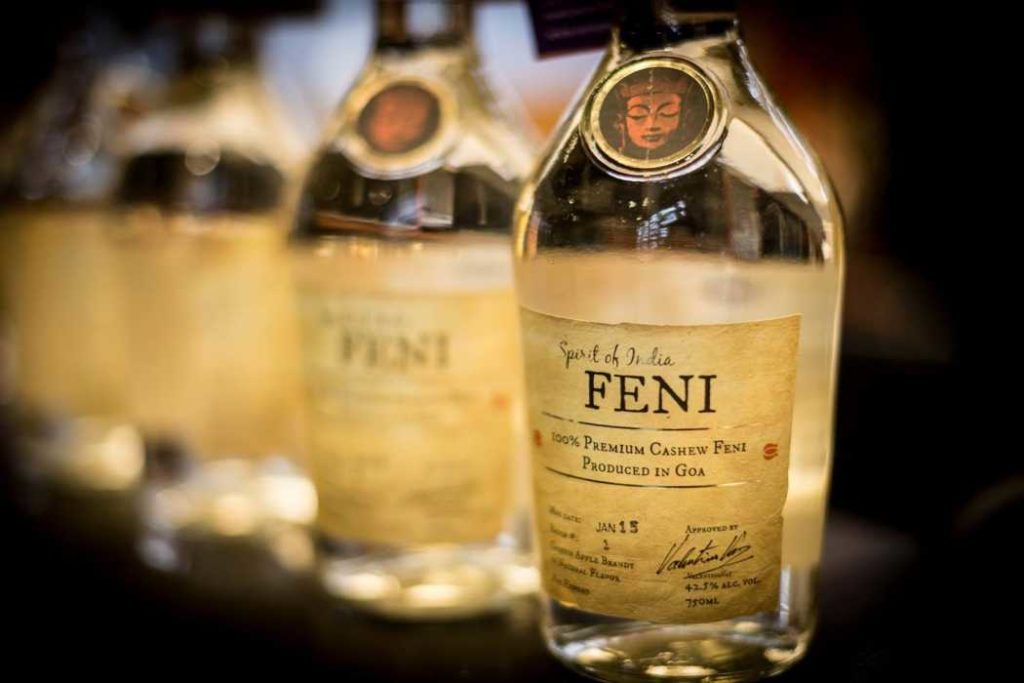
The Gowdas and Kunbis in Goa are known to make a very famous drink out of cashew apples in Goa. Locally known as the Feni, it is popular both among the local tribals, as well as the tourists who come to visit the place. The alcohol is distilled twice, and is made from cashew apples which have ripened. The end product has about 40 percent alcohol – enough to send you into mind-boggling trips. The drink has been recognized by the local government as ‘country liquor’, and sure adds to the brand value that comes with Goa as a tourist spot.
6. Mahua – a local drink in Madhya Pradesh
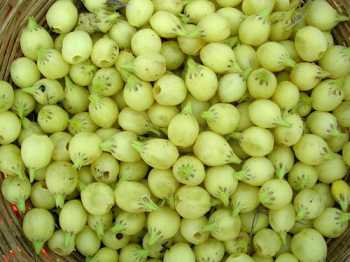
Of all the drinks mentioned, this drink would be the most popular in the Hindi heartland. Mahua is a local flower out of which this intoxicating drink with the same name, is made. Baiga, Gond, Kol, Panika, and other such tribes in Orissa, Madhya Pradesh, Jharkhand, and Chattisgarh made it from Mahua ligofolia, which is a tropical tree in the deciduous cover. While the other local drinks remain undocumented, Mahua has been recorded and passed on to generations after it was discovered by the forefathers initially.
7. Kiad Um – Drink among local tribes in Meghalaya
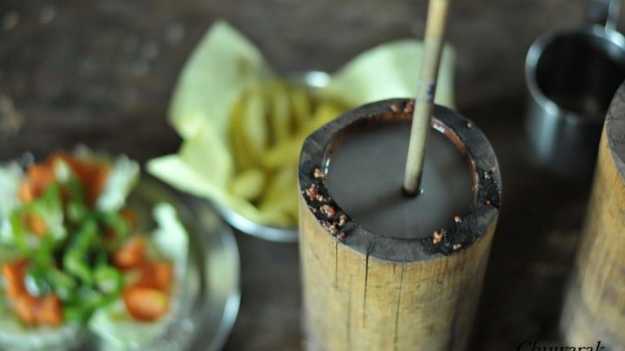
Kiad um is consumed by the Garo, Khasi tribe, and Jaintia tribes in Meghalaya. It is another rice based drink, which tastes sweet. It also has additional medicinal properties, and is considered to have powerful magical potency according to the tribals. The elders consume the drink during occasions and ceremonies, while newborns too are fed with a few drops. With 70 percent alcohol content, it is banned by the government and is thus sold illegally.
8. Kesar Kasturi – A royal drink among locals of Rajasthan
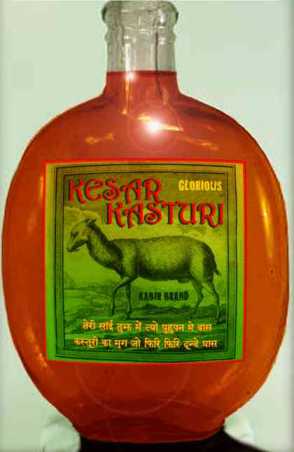
The Sahariyas, Minas, Bhils, and Gadia Lohars have many similarities with the local populace of Rajasthan and are nowhere same as the tribes in Madhya Pradesh and Jharkhand. But the one thing that both the tribals from Rajasthan and Madhya Pradesh have in common, is the lineage of local alcoholic beverages that has been consumed for centuries. Kesar Kasturi, as it is locally known, is the most crucial component in the local drink. Since saffron is really expensive, only some families can produce this drink. This alcohol is sweet in taste. Roger Moore, an american actor, mentioned how he was in love with the drink while he was shooting in Rajasthan. Try it if you can when you are visiting Rajasthan next.
9. Toddy – a drink from palm trees in Andhra Pradesh
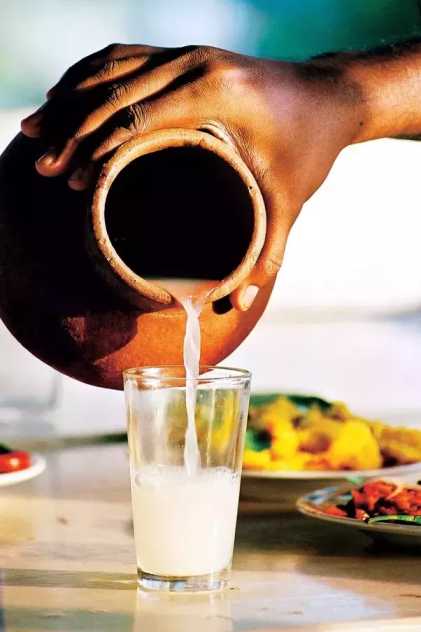
Toddy is a drink made of palm trees, but this one is much milder. Extracted from palmyra trees, toddy is fermented within a couple of hours. The extracts make it a mild and sweet tasting drink with 4 percent alcohol. Bodo Gadaba, Gutob Gadaba, Bondo Poraja are some of the tribes in Andhra Pradesh, who consume the drink.
10. Arak – an alcoholic drink among tribes of Ladakh
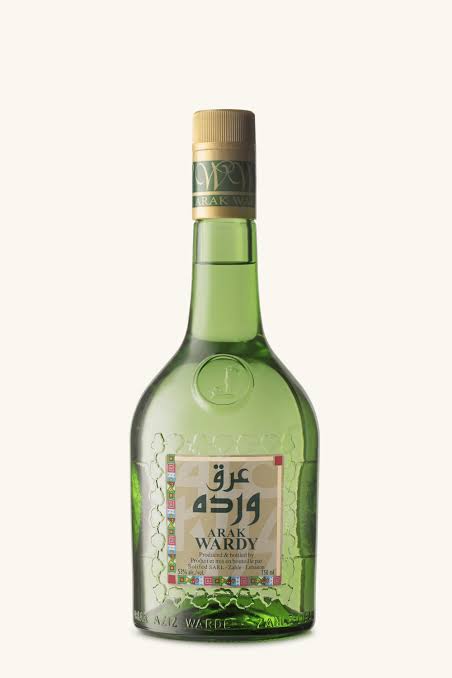
Does Ladakh even have tribes? You’d be surprised to know that 90 percent of the population in Ladakh is made up of tribes. Gujjars, Bakarwals, Bots, Changpas and Baltis are known to consume distilled alcoholic drinks which are made up of grapevines. These grapevines originated in Persia and are now found in Northern India. However,, the drink is not produced widely. The leaves, after being left to ferment for three days, is distilled and mixed along with aniseed. In order to taste the local drink, you as a tourist need to talk to the locals in a language they understand.
Having mentioned the above local tribal drinks, how about you guys letting us know about the desi daru in your area? Let us know in the comment section below.




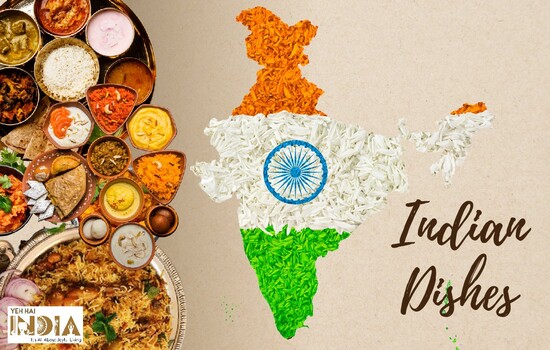

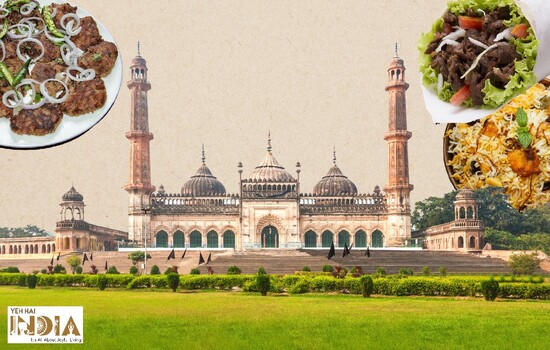
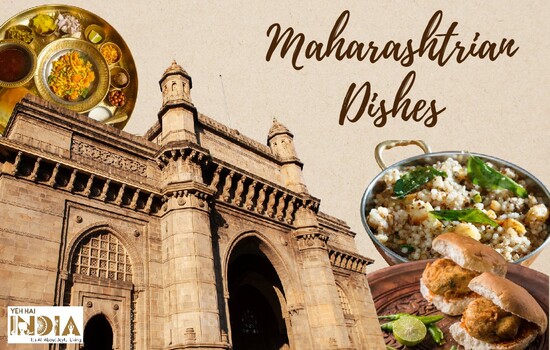


Awesome…new knowledge